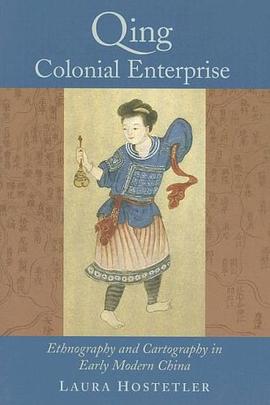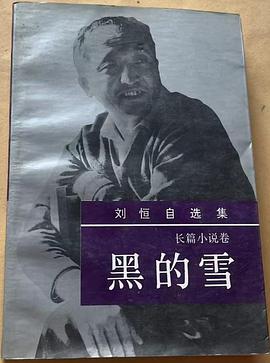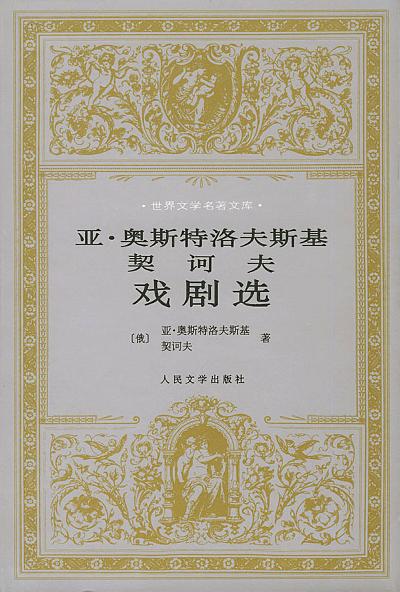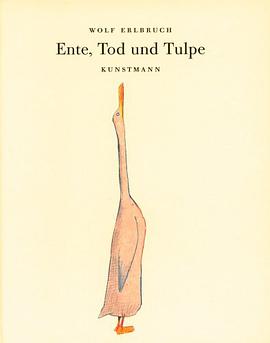Qing Colonial Enterprise
内容简介
In Qing Colonial Enterprise, Laura Hostetler shows how Qing China (1636-1911) used cartography and ethnography to pursue its imperial ambitions. She argues that far from being on the periphery of developments in the early modern period, Qing China both participated in and helped shape the new emphasis on empirical scientific knowledge that was simultaneously transforming Europe--and its colonial empires--at the time.
Although mapping in China is almost as old as Chinese civilization itself, the Qing insistence on accurate, to-scale maps of their territory was a new response to the difficulties of administering a vast and growing empire. Likewise, direct observation became increasingly important to Qing ethnographic writings, such as the illustrated manuscripts known as "Miao albums" (from which twenty color paintings are reproduced in this book). These were intended to educate Qing officials about various non-Han peoples so that they could govern these groups more effectively.Hostetler's groundbreaking account will interest anyone studying the history of the early modern period and colonialism.
......(更多)
作者简介
......(更多)
目录
Note on Romanization
List of Tables, Maps, Figures, and Color Plates
Preface and Acknowledgments
Introduction: Cartography and Ethnography as Early Modern Modes of Representation
1. The Qing Empire: Constructing a Place in the Eighteenth-Century World
2. Mapping Territory
3. Depicting Peoples
4. Bringing Guizhou into the Empire
5. The Development of Ethnographic Writing in Guizhou Province, 1560-1834
6. Miao Albums: The Emergence of a Distinct Ethnographic Genre
7. The Evolution of a Genre: Miao Albums as Art and Objects of Study
Conclusion
Appendix: Bibliographic Information on Miao Albums
List of Abbreviations
Bibliography of Works Cited
Glossary
Index
......(更多)
读书文摘
......(更多)






